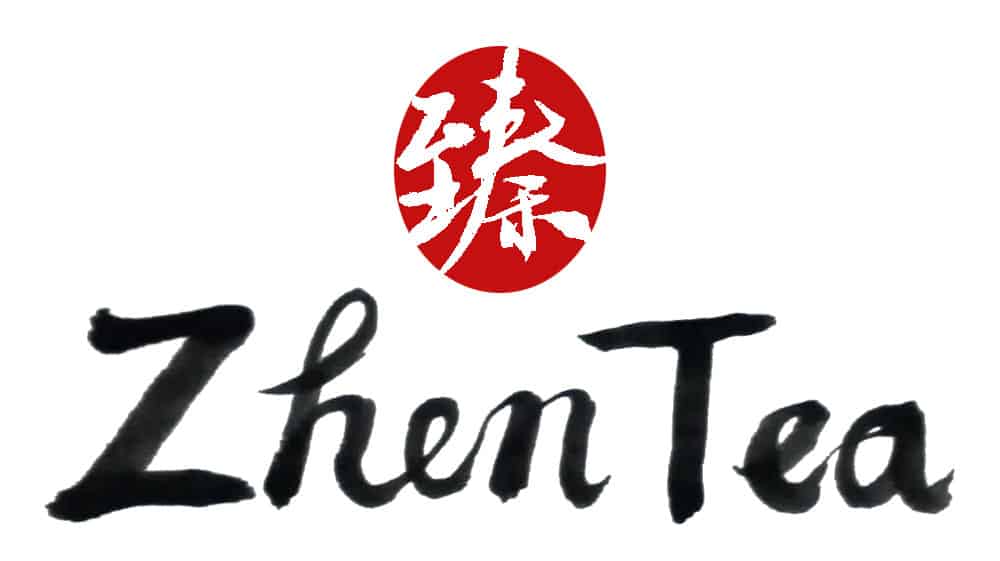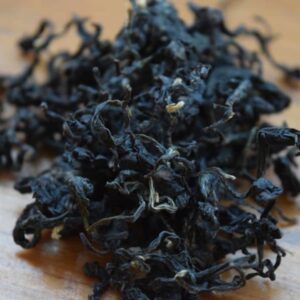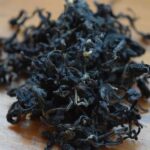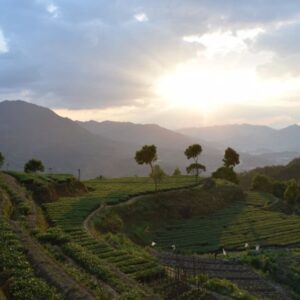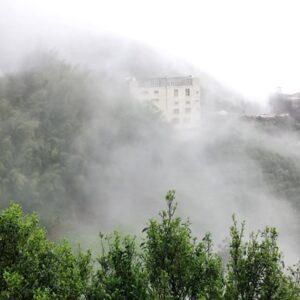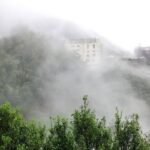A Beautiful Region
Bi Luo Chun is grown in an amazing beautiful part of the planet. The four seasons are clearly defined, yet there are no extremes. The tea bushes grow in a bio-diverse environment among fruit trees such as loquat, orange, peach, apricot and plum. Locals only use rabbit buttons as fertilizer because this improves the quality of loquat, which is a major source of income for local people in early summer. The tea bushes there also benefit from this natural fertilizer. Because of this year’s cold weather, the tea bushes in Xi Shan (actually on the mountain) didn’t sprout until after March 20th, which makes any Bi Luo Chun harvested earlier than the date but claimed to be from Xi Shan suspicious.
Bi Lou Chun comes from two different mountains in the range. Dong Shan (east mountain) and Xi Shan (west mountain). West mountain is actually on an island in Tai Hu (Tai Lake) and this is the mountain that Jianli and I spent our time on, plucking tea.
Bi Luo Chun – The Name
Bi Luo Chun’s original dialectic name doesn’t have any pinyin or anglicized spelling but it means something to the effect of ‘Scary Fragrant’, owning to the strong, unique fragrance of the tea. A fragrance it acquires from its amazing surroundings. For the same reason tea needs to be stored away from odors, Bi Luo Chun literally absorbs the amazing fragrance of this mountain island. I found this version of the story behind the name at Babelcarp, a fantastic resource for understanding Chinese Tea terms.
According to fable,[the name] originated from a tea tree watered by the tears of the dragon-betrothed girl Bi Luo as she cried for her dragon-slain (same dragon) beloved and then herself died – supposedly the tree sprouted leaves the next spring (chun.)
The elegant name is also thought to represent the appearance and season of the tea. Bi, the deep green colour of the tea. Luo, snail, denoting the curly shape of the dried leaf. And chun, spring, the tea must be harvested in spring.
Real Top Grade Bi Luo Chun – The Likes You’ve Never Seen
We were there for two full days. In the morning, climb the mountain and pluck tea. In the afternoon, sift the tea (manually inspect the leaves and remove any that don’t meet the standard. In the evening, process the tea.
What we were doing was to produce a real fine Bi Luo Chun that hasn’t been seen in the consumer market for years. In Bi Luo Chun’s authentic region, we were with every step of the tea process, from plucking the leaves, sifting, to final pure handmade pan frying. We made sure the leaves were all from bushes that are about 40 years old on Xishan Mountain, not just leaves from Suzhou area or even from Sichuan Province. We made sure the plucking standard was strictly one bud one leaf, and if there were any leaves fell into the basket by accident our sifting in the afternoon guaranteed it wouldn’t appear in our final tea. We made sure that every single leaf met the requirement. We were also in the processing room when the tea was pan frying to make sure it is 100% handmade and to a proper dry level. The processing time for the tea was about 40 minutes from fresh tea to finished tea, processed the same day it was plucked. Each wok started with about 250g of fresh leaves and resulted in about 60g of finished Bi Luo Chun.
We wanted to bring the elite tea tasters in China the true taste of Bi Luo Chun that they encountered years ago and couldn’t find in the market anymore. We also wanted to introduce to the western tea tasters the reason why Bi Luo Chun has such a huge reputation while less favored by lots of people in the west, because the Bi Luo Chun they are drinking probably has nothing in common with the real Bi Luo Chun flavour.
This top grade Bi Luo Chun was sold out before processing was finished. What’s listed here is what I put aside for myself to drink, around 150g in total. But since I’ve never seen top grade Bi Luo Chun in the North American market, I wanted to share 3 of them here for those who really love Bi Luo Chun and want to experience a fine cup of Bi Luo Chun and learn what it should look and taste like.
